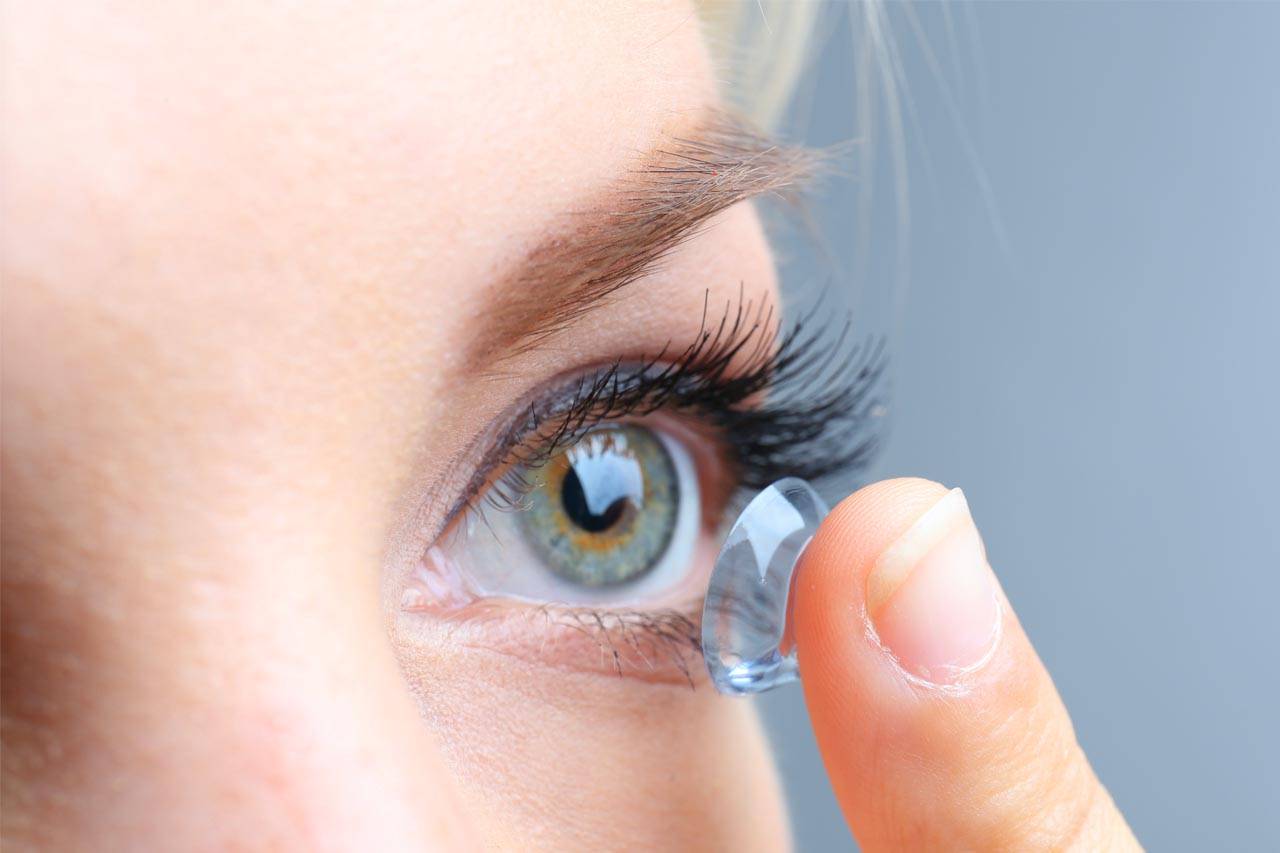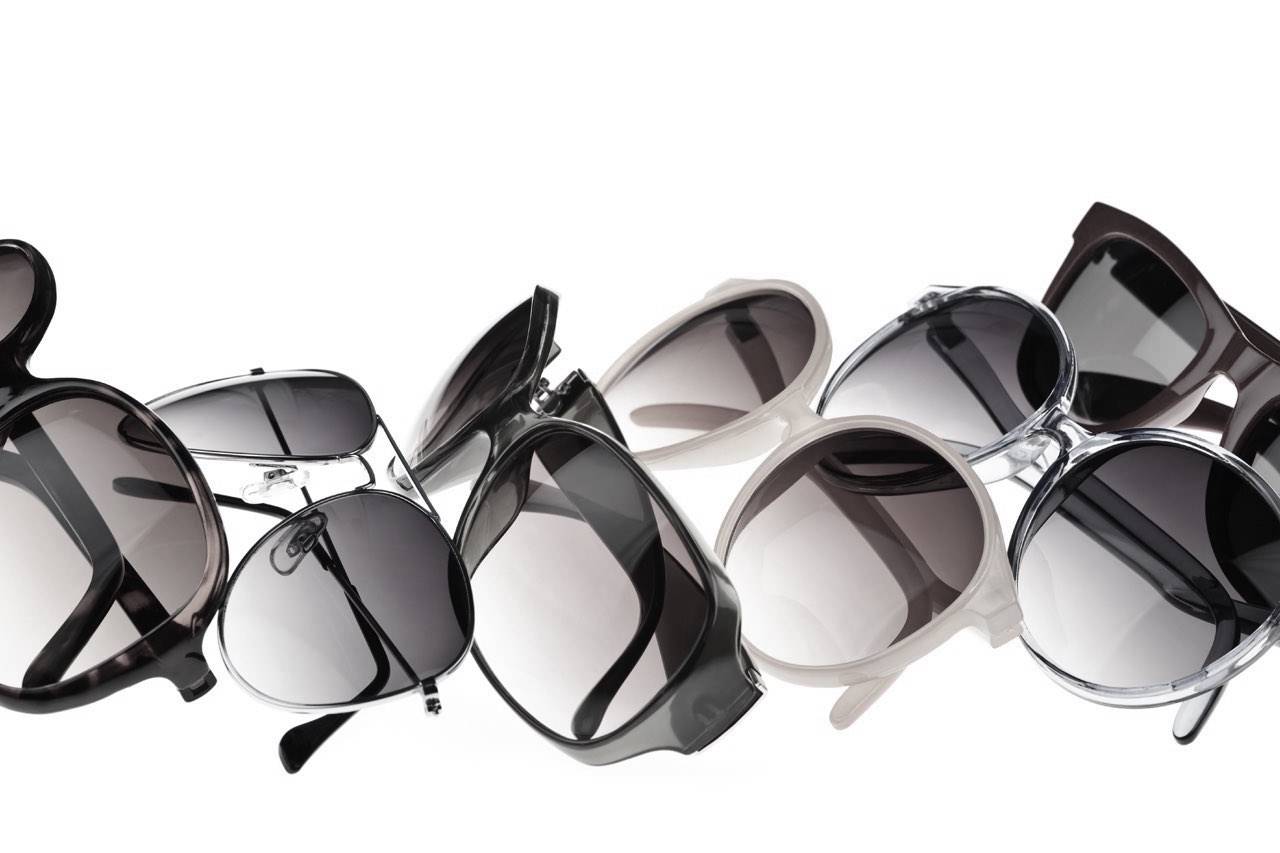Multifocal contact lenses provide the best of both worlds: no glasses, along with clear near and distance vision. Today, there are various multifocal contact lens options are available, so how do you know what is best for you?
1. What are multifocal contact lenses?
Multifocal contact lenses are made with different lens powers, targeting vision at varying distances from the wearer. Basically, they are contact lenses with multiple prescriptions in one lens. This all-in-one lens benefits people with presbyopia by helping to correct age-related vision problems – when their eyes can no longer focus on objects up close.
 2. What’s the difference between multifocal and bifocal contact lenses?
2. What’s the difference between multifocal and bifocal contact lenses?
Multifocal contact lenses have a smooth and gradual transition between the prescription for reading and seeing things close up, the prescription for normal distance, and viewing things far off in the distance - very much like progressive eyeglasses. Bifocals, on the contrary, have an abrupt difference in the line between the near and normal vision prescription areas of the lens.
3. What are the different types of multifocal contacts?
There are two main classes of multifocal contact lens styles. Multifocal contact lenses come in both soft lens and gas permeable (GP, or hard) lens materials.
The most commonly used are the concentric design. This type uses a set of concentric circles of differing lens powers for various viewing distances. Also available are blended designs, also known as aspheric, which house both the close up and distance prescriptions near the center of the eye, and try to simulate natural site.
 4. Choosing multifocal contact lenses
4. Choosing multifocal contact lenses
The most important thing to know when choosing multifocal contact lenses is communication with your eye doctor. Your eye doctor will need to know about your lifestyle, hobbies and regular activities, what your prescriptions are and will then be able to go over the options which are best for you.
As well, below are some pros and cons to think about before and during your visit to your eye doctor.
5. Multifocal pros and cons
 Pros
Pros
Just some of the wide range of benefits multifocals offer:
- Great visual acuity for the varying distances from close up to far.
- Easy transition between the range of different prescriptions.
- Convenience of being able to see in almost any situation without ever needing extra eyewear.
 Cons
Cons
There are many benefits to multifocals and most people find them quite easy to adjust to. However, some people do experience:
- Difficulty adjusting to the new viewing experience of these contact lenses.
- Nighttime glare, shadows and starbursts during the initial adjustment to the new lenses.
- Higher cost of these premium contact lenses due to the extra measurements and fittings required, and complex design.


